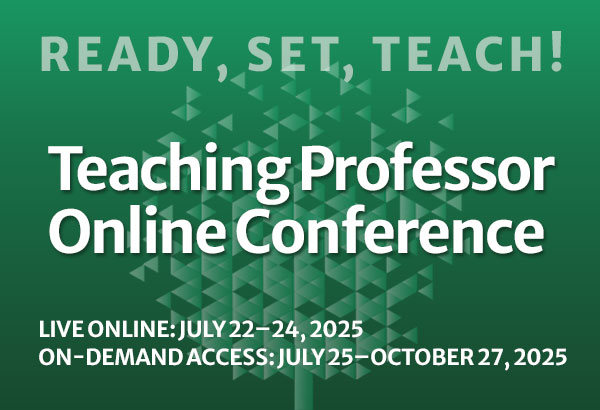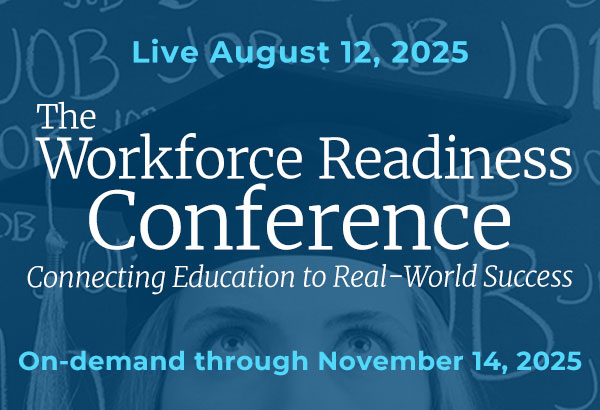The Phases of Inquiry-Based Teaching
A central goal of education is teaching critical-thinking skills. Inquiry-based teaching is an excellent path to this goal. Based partly on the philosophy that “humans are born inquirers,” the method focuses on student discovery over pushing information from the instructor. Along the way, the students explore multiple sources and contexts, ask questions and pursue hypotheses, and work to apply their theories to new and diverse situations. In doing this, they actively discover the interrelatedness among concepts, topics, and theories.



